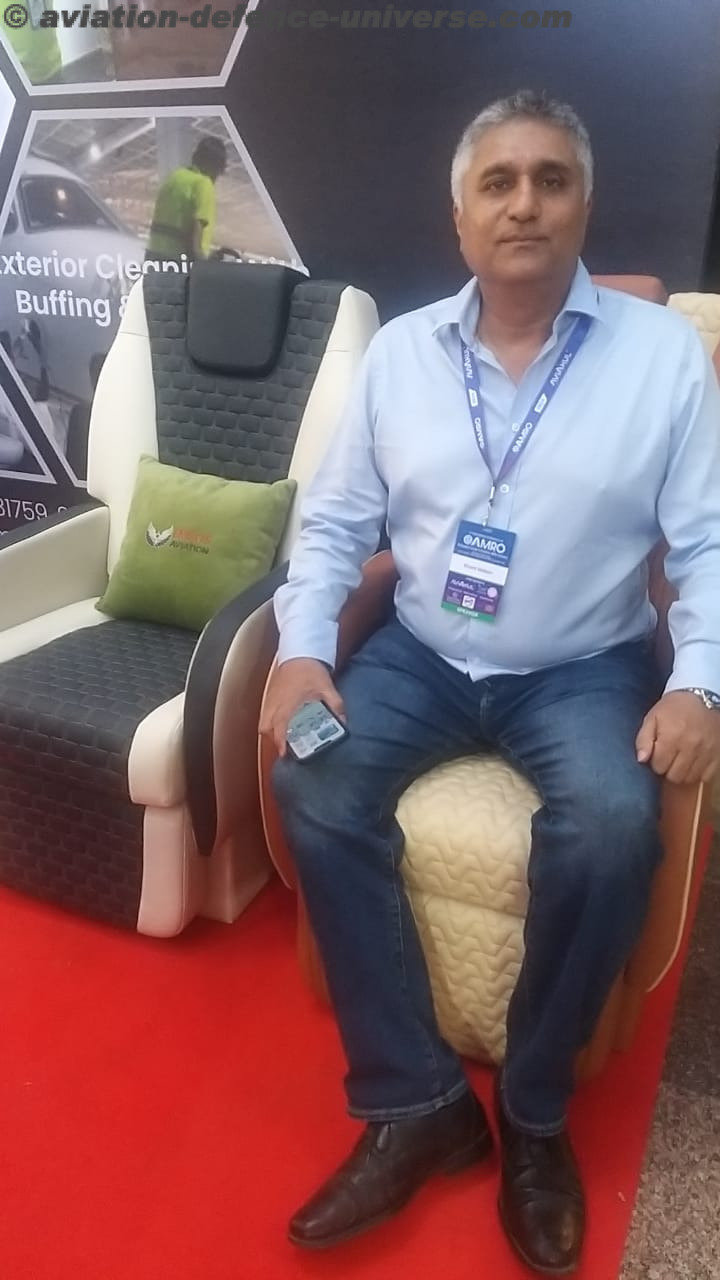MKS Instruments, Inc. (NASDAQ: MKSI), a global provider of technologies that enable advanced processes and improve productivity, has recently announced the Ophir® SupIR 45- 900mm MWIR f/4 and SupIR 50-1350mm MWIR f/5.5 long range, motorized continuous zoom lenses. The MWIR f/4.0 and f/5.5 lenses are part of a larger collection of long-range, highperformance, thermal imaging lenses suited for 15µm and 20µm VGA, and 10µm HD formats, enabling simple integration over a detection range of up to 26km.
The 45-900mm f/4 zoom lens is designed for ground applications, including long range surveillance systems, border control and multiple non-defense application such as forest fire control, critical infrastructure, security and more.
The new SupIR 45-900mm f/4 is part of Ophir’s family of continuous zoom lenses, providing NFOV focal length (FL) ranges from 300mm to 900mm, and HFOV up to 0.6°. Based on the legacy SupIR 15-300mm MWIR f/4 zoom lens, with its proven track-record of thousands of units operating in the field, and its ruggedized design, the 45- 900mm f/4 delivers superb image quality and accurate line-of-sight (LOS) for longrange observation systems. All lenses use the same communication protocol to assure easy integration into existing camera systems.
The 50-1350mm f/5.5 zoom lens is based on high accuracy folded optics design that fits a 20inch airborne gimble suitable for compact UAV gimbles.
Ophir’s new SupIR 50-1350mm f/5.5 is a state-of-the-art continuous zoom lens designed for UAV applications as well as other applications where weight and size are critical. The lens is 3 based on a cutting-edge folded optics design and provides a 27X zoom ratio, accurate LOS, and is suited for VGA and HD formats.
According to Yitzhak Raif, VP/GM, Ophir Optics Group, “Our new 45-900mm f/4 and 50- 1350mm f/5.5 motorized zoom lenses are state-of-the-art, long-range continuous zoom lenses which deliver superior optical performance and are specifically designed to meet the exacting requirements of aviation and observation systems.”























































































































